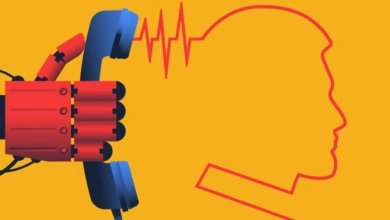GenAI: Friend or Foe? The Ultimate Debate

▼ Summary
– GenAI systems are advancing to a point where their inner workings are unclear, even when they produce beneficial outcomes like new medicines or cancer cures.
– A major concern is that AI development and decision-making are controlled by a few companies and individuals, disproportionately impacting global society.
– Large tech companies like Amazon, OpenAI, and Google have significantly more financial resources for AI than many governments.
– Transparency in AI, as proposed by California’s Policy Working Group, could allow experts to identify risks but also exposes the technology to misuse by malicious actors.
– The same AI tools designed for positive applications, such as life-saving drug engineering, could be repurposed to create harmful bio-weapons if misused.
The debate surrounding generative AI continues to intensify as experts weigh its transformative potential against growing concerns about transparency and control. While these systems promise groundbreaking advancements, from medical breakthroughs to innovative materials, their inner workings remain largely opaque, even to those developing them. This lack of understanding raises critical questions about who should govern such powerful technology and how its benefits can be responsibly shared.
A key issue lies in the concentration of decision-making power among a handful of tech giants. Companies like Amazon, OpenAI, and Google wield resources that dwarf those of many national governments, allowing them to shape AI’s trajectory with minimal oversight. This imbalance has sparked unease, as choices made by a select few could ripple across global societies in unpredictable ways. Without broader input, the risks of unintended consequences, or even deliberate misuse, grow exponentially.
Efforts to address these challenges, such as California’s push for transparency through open-source principles, highlight the delicate balance required. While making AI systems more accessible could enable experts to identify and mitigate risks, it also creates vulnerabilities. For instance, tools developed for life-saving drug discovery could, if misused, facilitate the creation of dangerous biological weapons. This duality underscores the urgent need for thoughtful regulation that fosters innovation while safeguarding against exploitation.
The path forward remains uncertain, but one thing is clear: as AI capabilities expand, so too must the frameworks guiding their development. Striking the right balance between openness and security will be crucial in determining whether these technologies ultimately serve as allies or adversaries in shaping humanity’s future.
(Source: COMPUTERWORLD)
